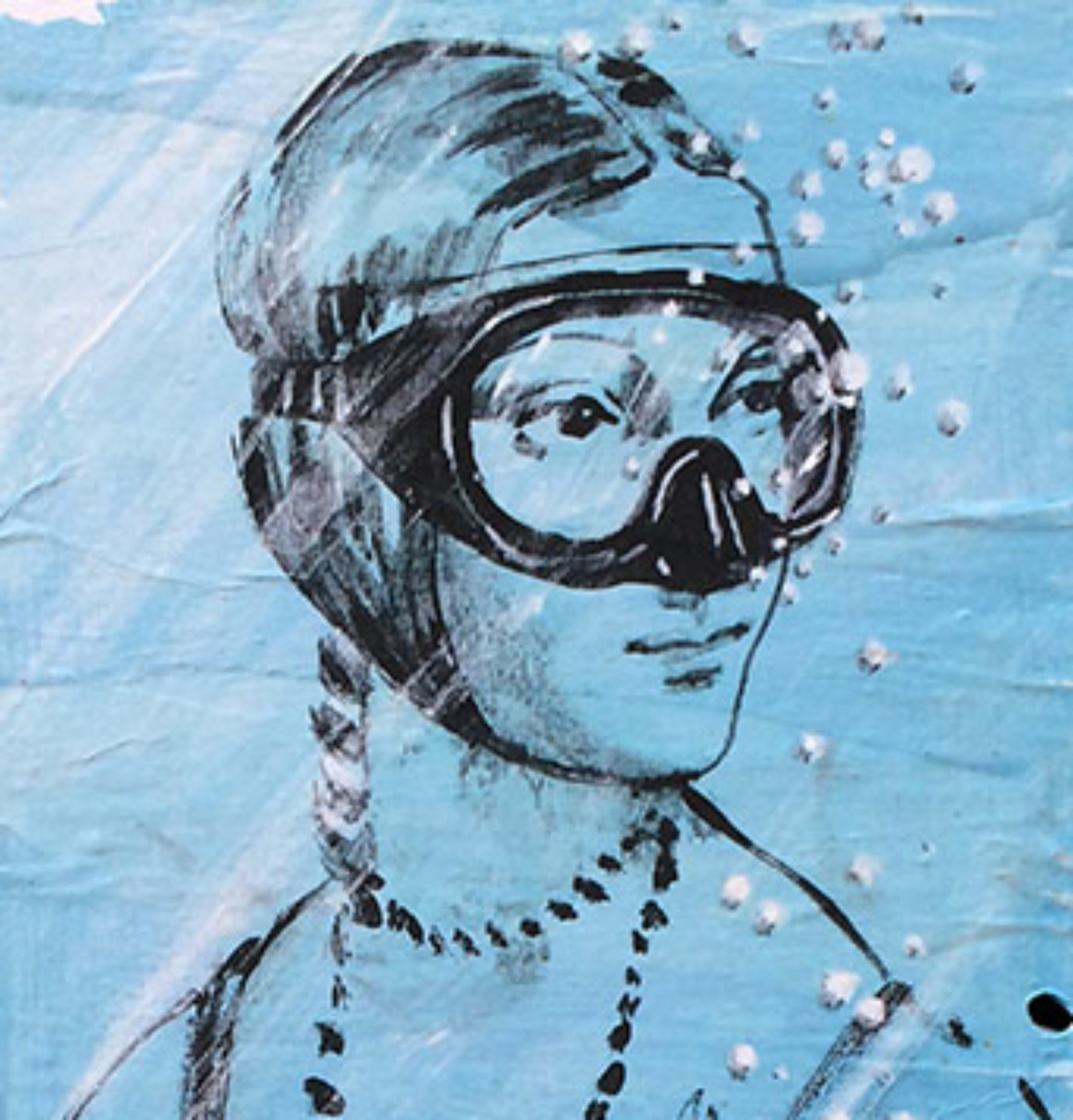Time: 18.00.- ca 19.00
Wednesday the 13th of November
Liljevalchs konsthall, Djurgårdsvägen 60, Stockholm

Svenska Konstkritikersamfundet
Den svenska sektionen av AICA
Time: 18.00.- ca 19.00
Wednesday the 13th of November
Liljevalchs konsthall, Djurgårdsvägen 60, Stockholm
Onsdagen den 13 November
Fri entré Liljevalchs konsthall, Djurgårdsvägen 60, Stockholm
Tid: 18.00 – ca. 19.00. Hjärtligt välkomna!
e-mail: niclas ostlind@liljevalchs.stockholm.se, christian.chambert@uppsala.mail.telia.com
Programserien är ett samarbete mellan Svenska Konstkritikersamfundet, Liljevalchs
konsthall och ABF och genomförs med stöd av Liljevalchs vänner.
Nyfiken på… är en programserie på Liljevalchs konsthall där vi bjuder in intressanta
personer för att samtala om aktuella och spännande frågor inom konsten. Höstens
serie kommer att fokusera på konstnärer som medverkat i angelägna konsthändelser
utanför Stockholm. De visar och berättar om sina verk och evenemangen de deltagit
i.